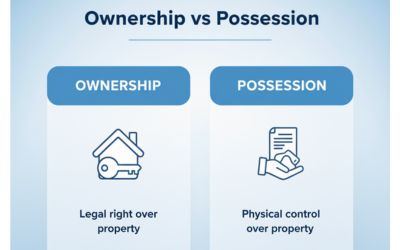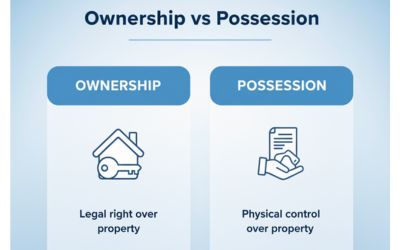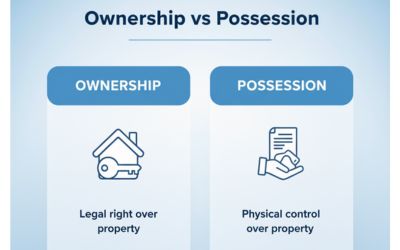B.S. Minhas v. Indian Statistical Institute — AIR 1984 SC 363
Is ISI under Article 12? Must the Director’s vacancy be publicized? How far can courts review academic appointments?

Quick Summary
The Indian Statistical Institute (ISI) is controlled by the Union Government and is an Institute of National Importance. A challenge was made to the selection of the Director. The Court first decided that ISI’s Council is an “authority” under Article 12. So, a writ petition was maintainable.
Next, the Court said the Director’s vacancy must be publicized as the bye-laws contemplated. Without proper notice, it cannot be claimed that all eligible persons were considered. However, the Court did not pick who was the better candidate, and did not undo actions already taken by the appointed Director.
Issues
- Is the writ petition against ISI’s Council maintainable?
- Do the bye-laws require publicity of the Director’s vacancy before selection?
Rules
- Article 12: Bodies under pervasive government control can be “State/authority,” making writs maintainable.
- Selection deference: Courts do not compare individual merit when an eminent Council has made a choice on relevant inputs.
- Bye-law publicity: If the bye-law expects public notice, the vacancy should be advertised so all eligible candidates have a fair chance.
Facts (Timeline)

Arguments
Petitioner (B.S. Minhas)
- ISI is under government control → writ lies.
- Bye-laws required publicity; many eligible candidates were not considered.
- On merit, petitioner was superior to the selected person.
Respondents (ISI & Ors.)
- Selection by an eminent Council; courts should not sit in appeal on merit choices.
- Process followed institutional norms; appointment should stand.
- Administrative continuity requires protecting past acts of the Director.
Judgment
Maintainability: ISI’s Council is an Article 12 authority. The writ petition is maintainable.
Vacancy publicity: The bye-law contemplated public advertisement. Without proper notice, it cannot be said that all qualified persons were considered. No merit comparison was undertaken by the Court, and actions already taken by the Director were kept intact.

Ratio Decidendi
(1) Bodies like ISI with deep Central control fall within Article 12. (2) Where bye-laws envisage publicity for a top post, open advertisement is expected to ensure fair consideration. (3) Courts avoid ranking candidates; they review process, not merit.
Why It Matters
- Confirms writ remedy against premier institutes under government control.
- Sets a fairness norm: publicize vacancies for leadership roles if bye-laws expect it.
- Preserves institutional autonomy by avoiding merit comparisons.
Key Takeaways
- ISI Council = Article 12 authority → writ lies.
- Advertise high posts if bye-laws require publicity.
- Courts examine process, not who is “better”.
- Past acts of the appointed Director remain valid.
Mnemonic + 3-Step Hook
Mnemonic: “A-P-D: Authority • Publicize • Don’t-compare”
- Authority: Check Article 12 control.
- Publicize: Bye-law expects open notice.
- Don’t-compare: Court reviews process, not rankings.
IRAC Outline
| Issue | Rule | Application | Conclusion |
|---|---|---|---|
| Is a writ maintainable against ISI? | Article 12 covers authorities under pervasive State control. | ISI Council had Central control and public functions. | Yes, writ maintainable. |
| Must the Director’s post be publicized? | Bye-law expects notice so all eligible can apply. | No broad publicity; limited pool considered. | Publicity required; process flawed. |
| Should Court select the “better” candidate? | Courts defer to expert bodies on merit choices. | Council comprised eminent persons. | Court does not compare merit; process only. |
Glossary
- Article 12
- Defines “State” to include authorities under government control, enabling writs.
- Bye-law Publicity
- Requirement to advertise a vacancy so all eligible candidates can apply.
- Judicial Review (Process)
- Court checks fairness and legality of the method, not comparative merits.
FAQs
Related Cases
- Chandra Bhavan Boarding & Lodging v. State of Mysore — administrative reasonableness and fairness.
- Indian Railway Construction Co. Ltd. v. Ajay Kumar — judicial review and equitable relief.
Publication Details
- CASE_TITLE: B.S. Minhas v. Indian Statistical Institute & Ors., AIR 1984 SC 363
- PRIMARY_KEYWORDS: Article 12 Authority; Vacancy Publicity; Writ Maintainability; ISI Director Selection
- SECONDARY_KEYWORDS: Bye-laws; Process Review; Administrative Law; Higher Education Governance
- PUBLISH_DATE: 23 Oct 2025
- AUTHOR_NAME: Gulzar Hashmi
- LOCATION: India
- Slug: b-s-minhas-v-indian-statistical-institute-air-1984-sc-363
Share
Related Post
Tags
Archive
Popular & Recent Post









































































































































































Comment
Nothing for now